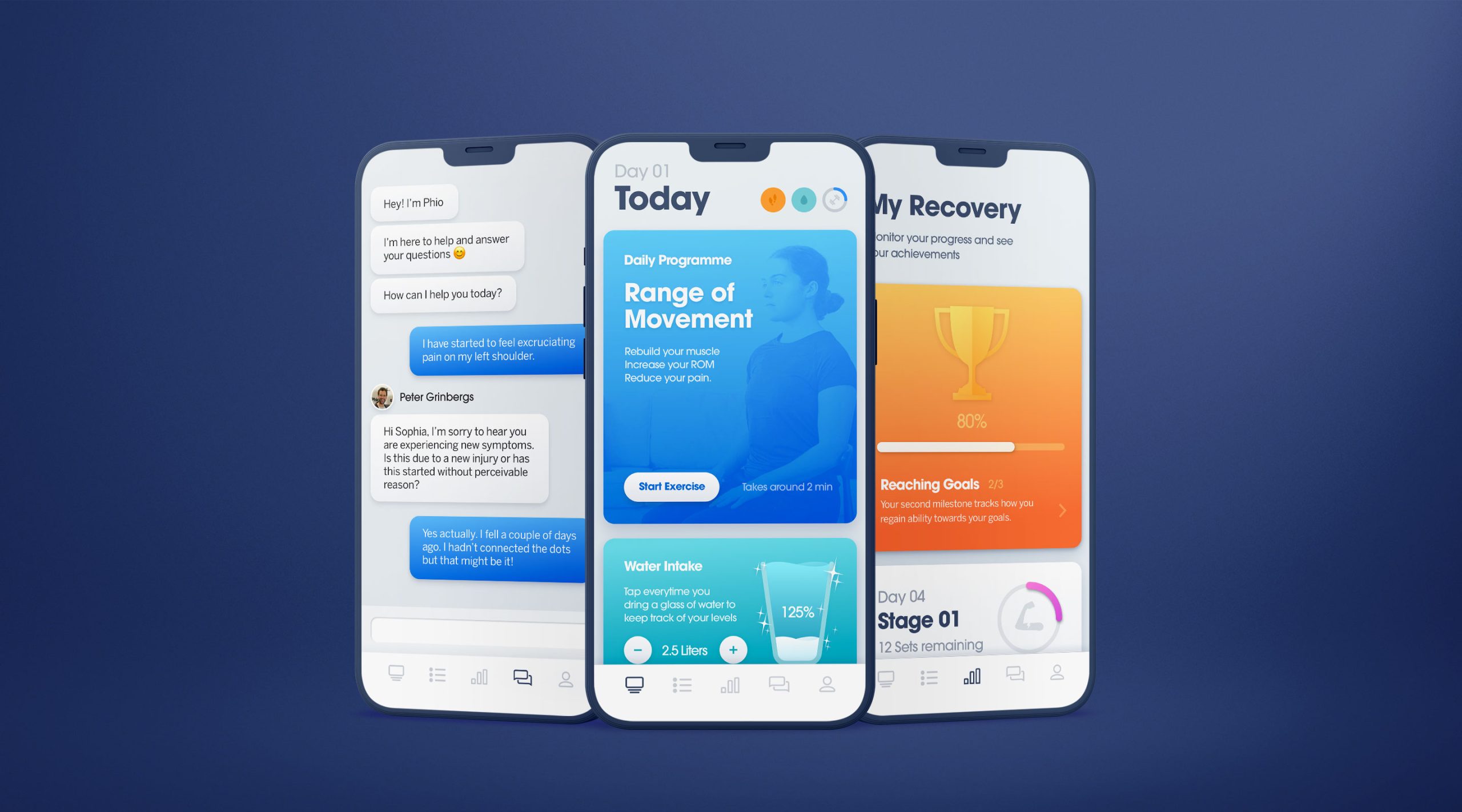Protecting construction workers from the extreme physical demands of the job
 Pete Grinbergs, EQL.ai
Pete Grinbergs, EQL.ai
Pete Grinbergs, Chief Medical Officer and Co-Founder at EQL.ai
Working in construction is physically demanding in a way few jobs are. Day in, day out, workers face the kind of strain most athletes only endure during training. Pain caused by injury to muscles and joints remains one of the sector’s most persistent, underestimated, and undertreated health threats – more must be done to address this on both an individual and economic scale.
The Health and Safety Executive’s 2024 report shows musculoskeletal (MSK) disorders account for 42% of all work-related ill health cases in construction, with affected workers losing an average of 21 working days each year. Repetitive strain, awkward postures, and heavy lifting can lead to chronic pain, reduced mobility, and in some cases, people leaving the workforce altogether.
As an ex-Premier League physiotherapist, I’ve seen firsthand how timely, consistent care gets people back to fitness quickly. I’ve also seen the opposite: injuries left to worsen without guidance, workers waiting until the pain becomes unbearable, and sporadic access to a physio affecting recovery.
Within the construction industry, the numbers clearly show that this is something we need to address as a matter of urgency. Left untreated, MSK injuries can have a devastating ripple effect: financial strain from lost work, long-term pain impacting mental health, and lower quality of life.
It shouldn’t only be elite athletes who get the best care. Thousands of construction workers face intense physical pressures every day, and their injuries can often be treated effectively – if the right support is in place. What could that look like?
Timely access to physiotherapy: regular touchpoints at any time of the day
Access to treatment is one of the biggest challenges. It’s typical to wait weeks or even months for a physiotherapy appointment through the NHS – far too long when early intervention can prevent a small strain from becoming a career-limiting injury. For many workers moving between sites or working as subcontractors, occupational health provision isn’t always readily available, leaving them to self-manage or push through the pain.
Technology can help, and we should leverage it wherever we can to enable the best care. For example, smartphone apps and digital services mean that workers can now have remote contact with a physio within days, or even hours, of injury – so recovery starts sooner. Tech can also enable regular check-ins, which are critical to recovery. Many treatment plans require daily exercises and adjustments; regular touchpoints are far easier to maintain through ongoing digital contact than in-person appointments with a GP or physio.
Encouraging early help-seeking and education
Another thing we must consider, especially in male-dominated industries like construction, is the social and cultural barriers preventing timely access to healthcare. Asking for help isn’t easy, and research shows men are particularly likely to delay it. Too often, discomfort is ignored or masked with painkillers until the injury can’t be worked through any longer.
Talking openly about pain during work inductions, encouraging symptom reporting, and offering visible support for subcontractors can make a real difference. Providing short, practical training sessions on recognising early signs of musculoskeletal problems can help workers take action sooner. Peer champions or “health advocates” on site could also normalise these conversations and make seeking support feel less like a weakness and more like good practice.
Healthy people, healthy business
Looking more widely at the sector, MSK injuries have a crippling impact. Workers in pain recover more slowly, are more prone to accidents, and perform less effectively – impacting deadlines, budgets, and safety. In a sector already facing labour shortages, keeping people healthy isn’t just the right thing to do – it’s essential for the industry to prosper.
Construction workers are the backbone of our built environment, and frankly, they deserve better. Giving them the latest digital tools to support health will protect not just individual livelihoods, but the future strength of the sector itself.


